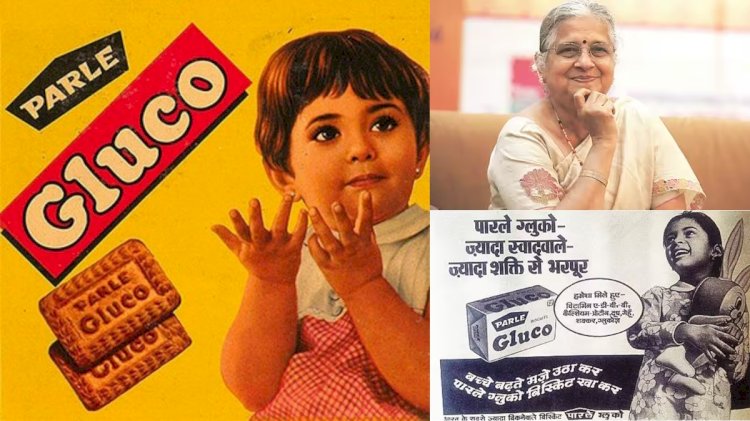The Sweet Success Story: How Parle-G Became the World's Favorite Biscuit
Parle-G, India's beloved biscuit, gained global popularity due to its affordability, widespread availability, and enduring taste. Its simple ingredients, including wheat flour and sugar, resonated with consumers worldwide. Moreover, its versatility as a snack or accompaniment with tea or coffee further contributed to its universal appeal. Over decades, Parle-G's consistent quality and nostalgic charm have made it a household staple across continents, earning it the title of the world's favorite biscuit.

About Parle-G,
Parle-G, the iconic biscuit loved by millions worldwide, has a fascinating journey that traces back to the early 20th century. Established in 1929, Parle began its venture into the world of confectionery with its first product, an orange candy. However, it wasn't until 1939 that Parle took a leap of faith into biscuit production. Back then, biscuits were considered a luxury, often imported and expensive, primarily targeting the elite. The British brands dominated the biscuit market, leaving little room for local players. Yet, Parle dared to challenge the status quo. With a vision to create something accessible to everyone and tailored to Indian tastes, Parle introduced its line of biscuits. The timing couldn't have been better. During World War II, when imported biscuits became scarce and expensive, Parle-G emerged as a savior for many, including the British Indian Army. Its affordability, coupled with its delicious taste, made it an instant hit among the masses.
What sets Parle-G apart is not just its affordability, but also its ability to cater to diverse palates. It’s simple yet irresistible flavour resonates with people across different age groups and backgrounds. Whether dunked in a cup of tea or enjoyed on its own, Parle-G has become a staple in households, not just in India but around the world.
In the 1960s, Parle-G underwent a visual transformation with the introduction of its distinctive yellowish wax paper wrapper featuring the image of a plump little girl. This branding strategy resonated with consumers and further propelled the popularity of the biscuit. By the 1980s, Parle-G had become synonymous with glucose biscuits, prompting competitors to emulate its success by adding "Gluco" to their biscuit names. Unable to patent the word "Gluco," Parle rebranded its product as Parle-G and invested heavily in marketing, a move that paid off handsomely.
Conclusion:
In conclusion, Parle G's journey to becoming the world's favorite biscuit is a testament to its simplicity, affordability, and widespread availability. Through clever marketing strategies and a focus on quality, Parle G has captured the hearts and taste buds of people across the globe. Its iconic status transcends borders and cultures, making it a staple in households from Mumbai to Moscow. As the epitome of nostalgia and comfort, Parle G continues to reign supreme in the biscuit world, proving that sometimes, the simplest pleasures are the most enduring.

 Yati Garg
Yati Garg 





















